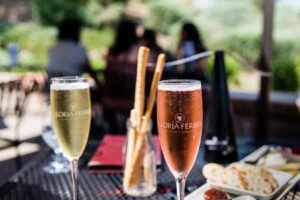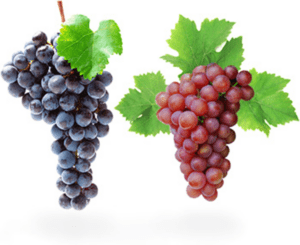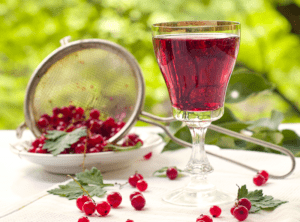Wine glasses don’t have to be expensive, but choosing the right shape for the right wine is essential. In fact, the glass you choose for serving your wine can enhance your enjoyment of it tremendously. If you only have one set of all-purpose wine glasses, you’re likely missing many of the nuances of the wines you drink.
For optimum wine enjoyment, opt for clear wine glasses. While tinted glasses make for a stylish table setting, they rob you of the ability to view the true color of the liquid.
As far as style and shape, wine glasses fall into three main categories:
Red Wines. The best glasses for red wines, like Cabernets, Merlots, and Malbecs, are those glasses with a wide rim and a generous bowl. The large, open area at the rim of the glass allows the wine to breathe and open up to its full flavor. It also allows wine drinkers to savor the full bouquet of the wine, an essential part of wine tasting.
White Wines. In contrast, white wines, such as Chardonnays, Rieslings, and Sauvignon Blancs, are best when served in a glass that has a slightly closed rim. Since most white wines are best when slightly chilled, the limited area at the top of the glass keeps the wine from being warmed by the air. This wine glass is considered the “typical” wine glass that you usually see in stores and at homes.
Sparkling Wines. Sparkling wines, including Champagne and California Sparklers, need to be served in a flute. This long-stemmed glass with a long, narrow bowl allows the bubbles in the wine to last longer. Like a white wine glass, the ideal Champagne flute has a narrow rim to help prevent the wine from being warmed by the room’s air.
Saucer-shaped Champagne glasses should be avoided. Though they were once in vogue, they actually cause the bubbles to dissipate and the wine to go flat sooner.
Other Tips
In addition to choosing the right glass, it’s important not to fill the glass right up to the brim. Allowing room at the top of the glass gives the wine room to breathe and room for the drinker to savor the wine’s bouquet. It’s also important to hold white and sparkling wine glasses by the stem, so as not to warm the wine.
Choosing the right glass for the right wine doesn’t have to be complicated. However, having three types of wine glasses on hand is sure to enhance your guests’ enjoyment of the wines you serve.




